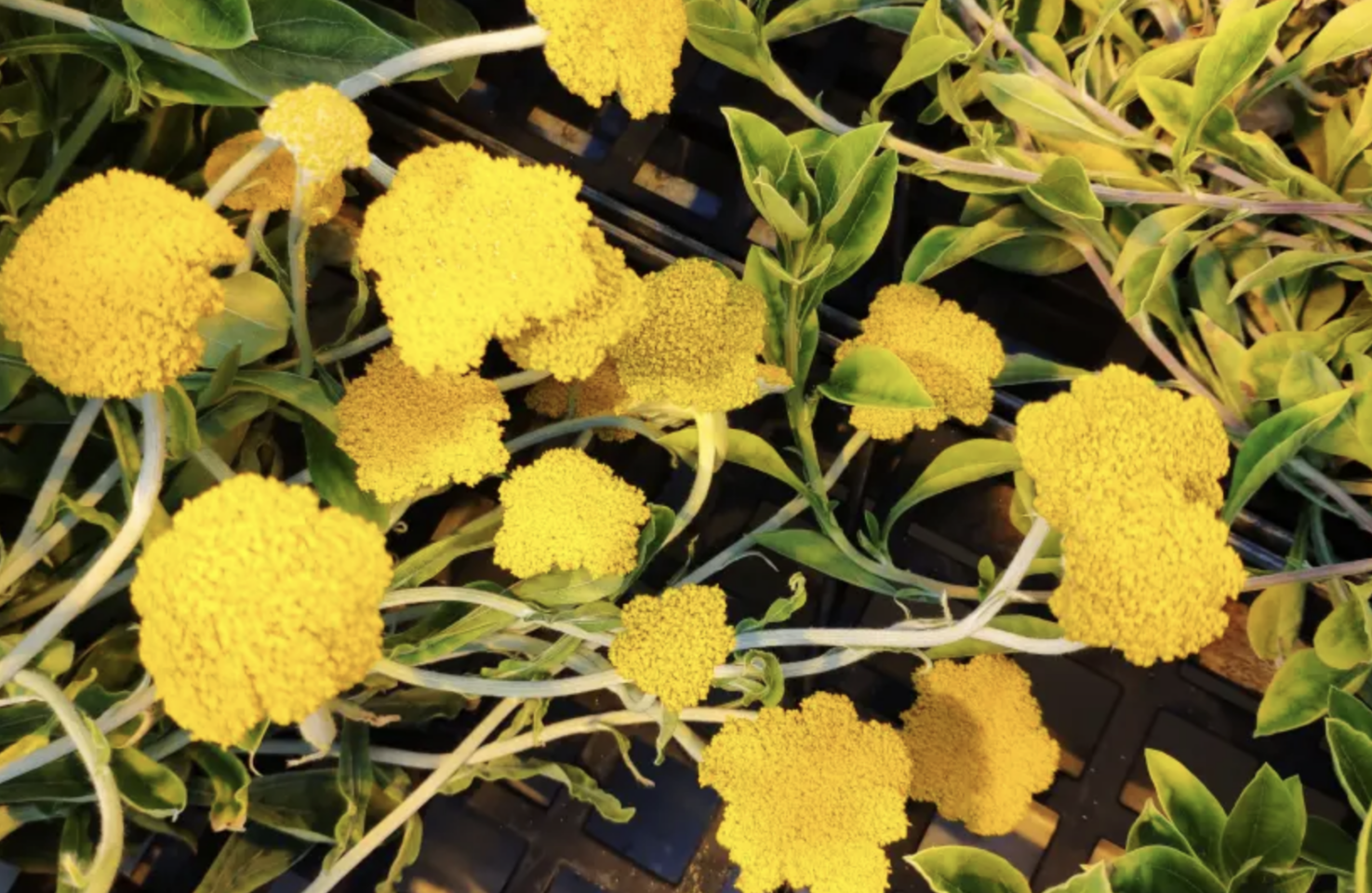helichrysum umbracrigermThe , or wool umbrella plant, is a velvety-yellow perennial native to South Africa, Israeli researchers recently discovered that this plant is clearly not part of the cannabis family, but happens to produce many cannabinoids. discovered to do It was thought to belong exclusively to cannabis and hemp plants.
Recent discoveries may open new avenues in cannabinoid medicine and therapy.of studyThe study, titled “Changing New Views on Cannabinoids,” was conducted by researchers at the Weizmann Institute of Science and published in the journal. natural plant Early this month.
cannabis and wool umbrella plants
Researchers have been studying cannabinoids and their potential uses for decades. The most well-known cannabinoid tends to be THC, but there are many other cannabinoids that have become famous over the years, have little to no psychoactive effects, and may be useful in treating a variety of symptoms and conditions. .
Cannabis is known to produce over 100 different cannabinoids, but the research team identified over 40 cannabinoids in the wool canopy. They also studied the biochemical steps that plants take in producing these compounds, and how these steps could be replicated in the laboratory to synthesize existing cannabinoids or potentially manipulate new cannabinoids not found in nature. We also shared how to
“We have discovered a major new source of cannabinoids and developed tools for their sustained production that will help us explore their vast therapeutic potential.” Said Research leader, Dr. Shirley Berman of the Weizmann Institute of Science.
Wool umbrella plants are relatives of daisies, lettuce and sunflowers. It can reach up to 1 meter in height and is often used to create garden borders. It is also known to be burned in folk ceremonies to release toxic gases, suggesting that there may be more underground.
More than 40 years ago, German scientists also found evidence that wool canopies contained cannabinoids, but modern research has so far been unable to replicate the findings. In fact, the research team began studying wool umbrellas, specifically to reexamine their relationship with cannabinoids and their greater potential as a health aid.
New frontier for cannabinoids?
The research team used state-of-the-art technology to confirm these initial reports. Specifically, they sequenced the entire wool umbrella genome and used advanced analytical chemistry to identify the cannabinoids it contains. The researchers also succeeded in revealing the precise structures of over a dozen observed cannabinoids and other related metabolites.
They found that wool umbrellas produce cannabis primarily in their leaves. This may be an advantage compared to cannabis, which produces cannabinoids in short-lived and sometimes difficult-to-harvest inflorescences. Either way, the researchers found a lot in common between the two plants. Notably, the enzymes used at each stage of cannabinoid production belong to the same family.
Researchers have found that six cannabinoids found in wool canopies are identical to cannabinoids found in cannabis. It did not contain THC and CBD, but it did contain CBG or cannabigerol. CBG is becoming increasingly popular as research continues to reveal its potential therapeutic benefits. Like CBD, cannabinoids do not have the mood-altering effects of causing a “high.”
Especially for the cannabis plant, CBG is believed to be the main precursor of many common cannabinoids. That said, THCA, CBDA, and CBCA all start out as CBGA, the acidic form of CBG, and mature plants often leave little CBG for harvest. While producers are looking for workarounds to maximize CBG production, wool umbrellas could pave the way for another solution.
Promising discovery for future exploration
In addition, the researchers pointed out that there are ecological aspects to be explored further. Scientists still don’t fully understand why plants produce cannabinoids, but they suggest they could help deter predators and protect against UV rays. There is also evidence.
“The fact that two genetically unrelated plants independently developed the ability to make cannabinoids during evolution suggests that these compounds serve important ecological functions. ‘, said Professor Asaf Aharoni of the lab used for the study. “Further research is needed to determine what these functions are.”
In the future, the findings may allow scientists to manipulate non-natural cannabinoids to better bind to human cannabinoid receptors or to enhance certain therapeutic effects. Cannabinoids unique to the Woolly Umbrella plant may also hold untapped potential.
“The next exciting step is to characterize the more than 30 new cannabinoids we discovered and see what therapeutic applications they might have,” Berman said.




